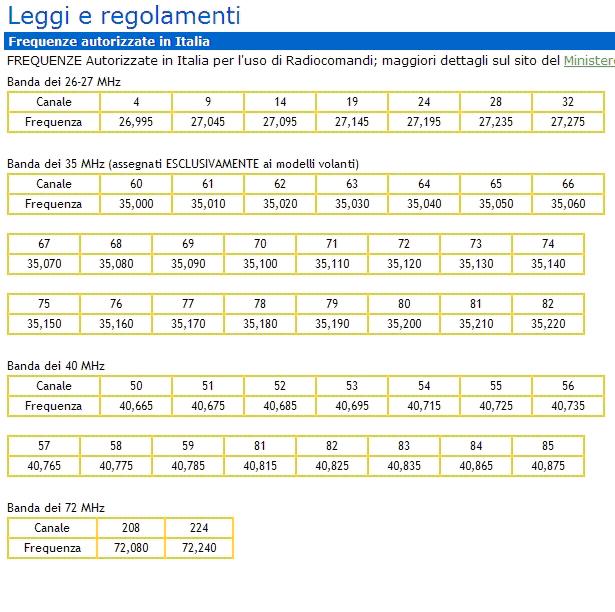|
|
Regulations
In
Italy there is no legislation specifically governing aerial photography
by kite and its variants.
Therefore we must find the laws that address the different aspects
involved in KAP. To this end we have identified three main themes:
| |
1.
Flight |
| |
2.
Video footage and photos |
| |
3.
Radio frequencies |
|
|
1
- The flight
The
first problem is to understand whether and how kites, balloons,
aircraft, etc are classified as flying "objects":..
ENAC
Technical Regulations in Chapter "C" will find this table:
|
|
|
|
an
interesting thesis About the rating on the Internet has been published
on the following site http://www.tesionline.com/intl/table-of-contents.jsp?idt=883.
In chapter 1
"Legal Aspects of Aircraft" there are interesting observations
on how kites and balloons are considered in terms of regulations.
Currently, the limits imposed by regulations do not specifically
relate to the flight of kites and balloons, but generally any
obstacle on the ground which can create an obstacle in aircraft
approach surfaces for landing or takeoff.
Thus kites and balloons are treated as a manmade object that cannot,
under ENAC law, exceed 40 meters above the ground. The ENAC management
planning and regulatory body state that this will soon be increased
to 100 meters.
We must consider that all air traffic, except for military and
non-emergency operations or intervention takes place at an altitude
of no less than 500 feet = 152 meters.
In addition, flight operations and flight obstacles is prohibited
from the airport reference point to a radius of 8 km. For each
airport's points of reference, consult local airport authorities.
Per i punti di riferimento degli aeroporti bisogna consultare
le Direzioni Aeroportuali Competenti per area territoriale.
For
more information see the ENAC
site even though it is very difficult to make sense of all the
regulations, circulars, information, technical information, technical
arrangements, technical specifications etc..
|
2
- Video clips and photos
For
aerial photography, this is the main piece of legislation of
interest:
DECREE
OF THE PRESIDENT OF THE REPUBLIC - September 29, 2000, No 367
Regulations regarding the simplification of procedures relating
to surveys and aerial photography in the national territory
and territorial waters (no. 112-undecies Annex 1 of Law No.
59/1997 as amended).
Usually
in KAP, even though footage is shot at low altitude, people's
faces, car license plates and / or other details are not distinguishable.
It should, however, be noted that in this case one must consider
the relevant privacy laws.
|
|
3
- Radio Frequency
As
explained in the technical section, KAP uses two types of radio
frequencies. The radio streams are bidirectional.The video input
signal displays the camera frame and the ground station radio
output controls the camera.
The output frequencies are those commonly used to control radio-controlled
models. The table below shows all frequencies authorized in Italy:

Incoming
frequencies are the same that are used for video surveillance
systems, or wireless household appliances (baby monitor, internet
modem, etc.)..
The use of these frequencies (typically 2.4 GHz) is regulated
by the Ministry of Communication (see
specific decree), which also sets the maximum power used by
transmitters in 10 mW..
The same frequency can also be used for radio controlled models
and apparently the Ministry of Communications will soon amend
the law to allow the use of power up to 100 mW.
|
|